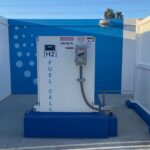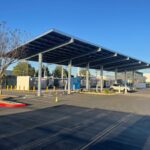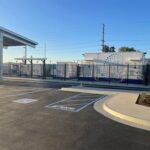Hydrogen Microgrid
The Golden Key to Energy Independence
What is a Microgrid?
A "microgrid" is a self-sustaining, self-generating electrical grid operating on as small as personal or individual but up to whole neighborhoods or districts. It is commonly used in reference to homes, businesses, and military applications where control over power security is needed. A microgrid usually produces between 10 kilowatts and 100 kilowatts per hour.
Microgrids are often used in tandem with the conventional power grid, with the ability to switch "off" at any time. This means the system can disconnect from the traditional power grid and operate autonomously. A microgrid can connect and disconnect from the conventional power grid. Microgrids can either operate in a grid-connected way to supplement power or in "island mode" with no connection to the grid.
Microgrids can generate electricity and sustain production indefinitely. It is self-sufficient and could run "by itself" in both theory and practice.
Common use cases for a microgrid include
- Homeowners who want to be self-sufficient
- Homeowners in areas where blackouts are frequent
- Where power security and maximum uptime is necessary (e.g. military installations)
- Medical institutions needing power security
- Manufacturing facilities and factories where utility demand charges destroy profitability
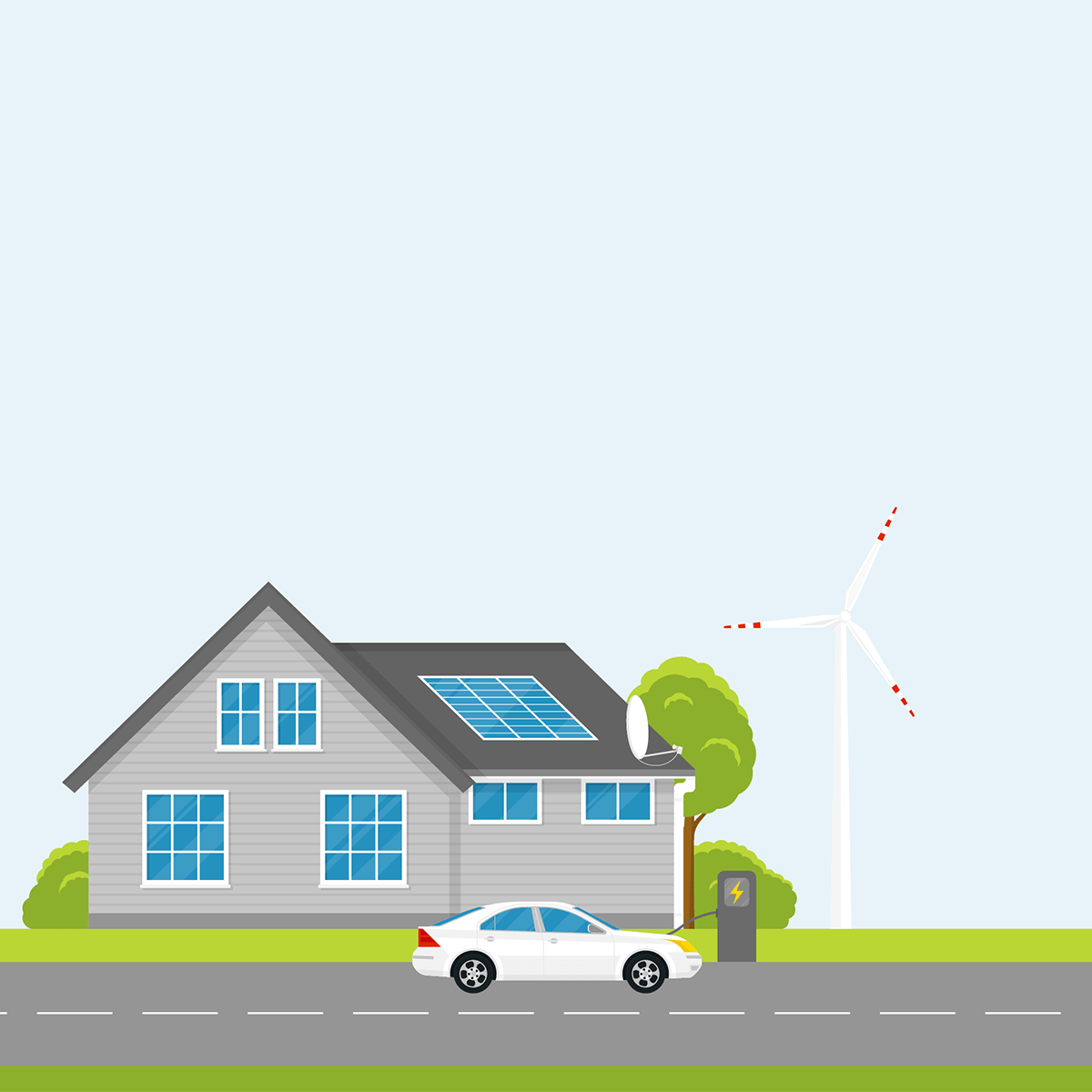
Three legs of the "microgrid stool": power grid, alternative power source, and hydrogen fuel cells.
A microgrid can also be thought of as a stool supported by three legs.
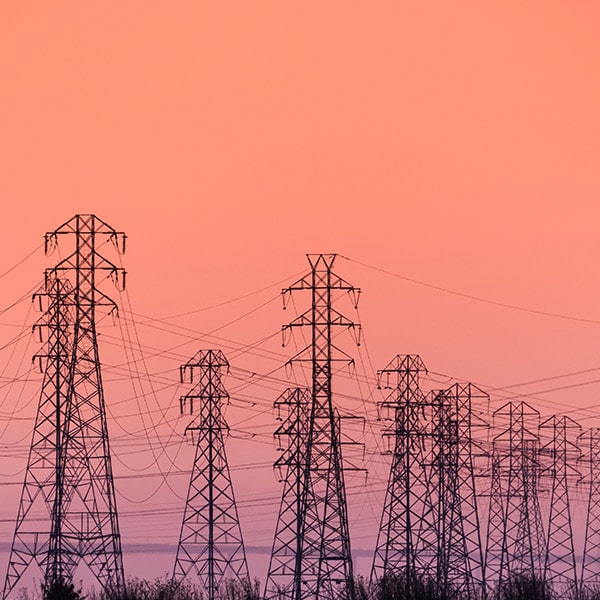
Leg #1 is the power grid.
This is where you are connected to a utility receiving power from a power plant. Sometimes using grid power will be cheaper and more available, and you will strategically use grid power in this way.

Leg #2 is alternative power.
This usually comes in the form of wind or solar, but can also be something like a water-wheel. These devices are able to use renewable energy sources to power the microgrid when it aligns with the environmental conditions. (e.g. when the wind is blowing or the sun is shining)
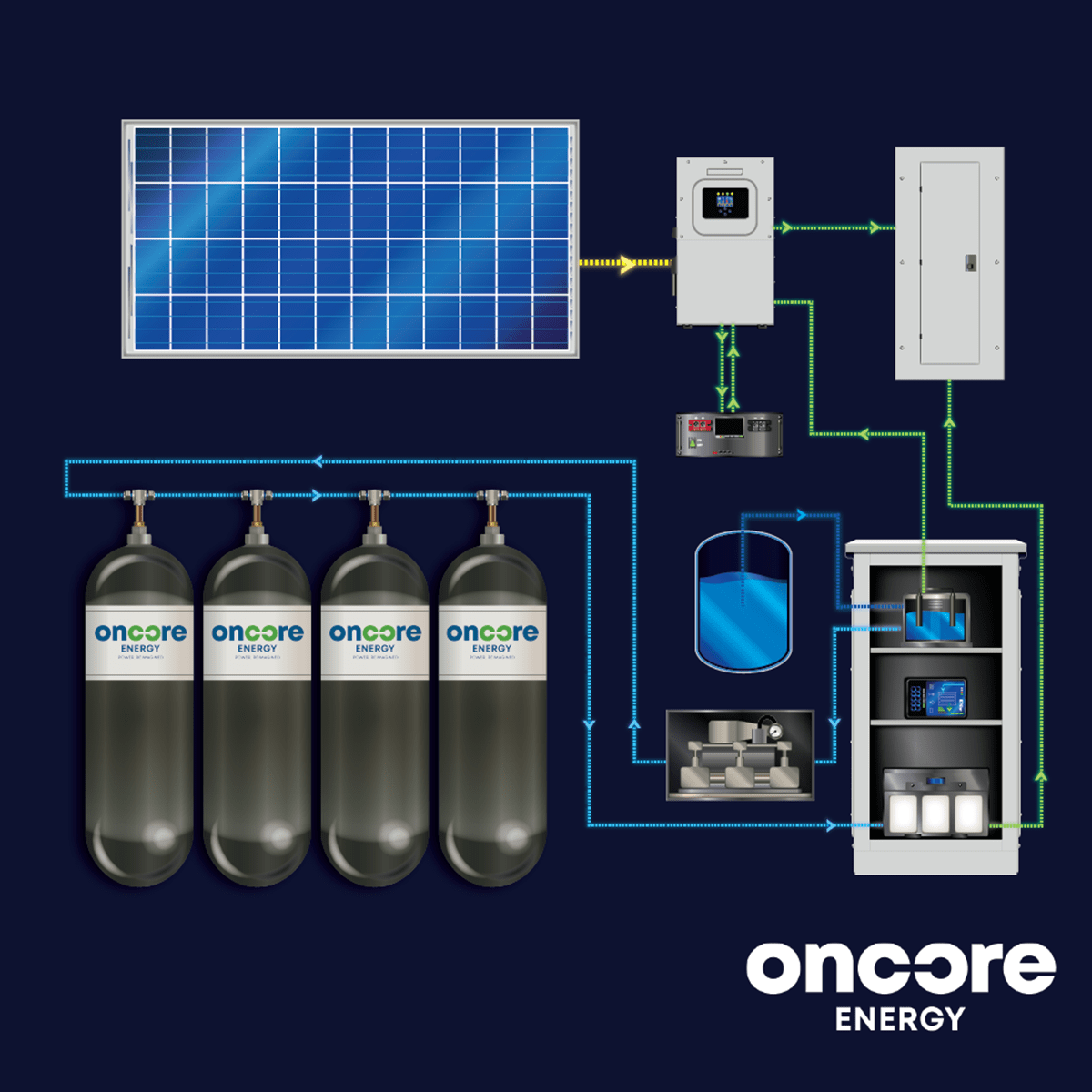
Leg #3 is hydrogen fuel cells.
This bridges the gap and creates 100% uptime for your microgrid. If the traditional grid goes down at night (and therefore, the sun isn't powering your solar), you can run your property on hydrogen fuel. The hydrogen fuel can be generated using excess power from alternative power sources in Leg #2. This is done using an electrolyzer to convert solar energy to hydrogen fuel cells.
All three legs join to create a true microgrid capable of energy independence.
Why hydrogen + microgrid is tapping brand new potential
Hydrogen solves the storage and runtime issue
Any development of a green microgrid runs into a potential issue: how to actually store energy at-scale and long-term.
The real innovation hydrogen fuel cells provide is scalable AND green storage. Batteries have been the traditional way to store microgrid energy from solar or wind. While batteries are green, they are extremely impractical and have short run times when trying to provide power at scale.
Hydrogen solves the runtime issue. Hydrogen fuel cell duration is only limited to tank size, and thus, can run for as long as there is fuel capacity. With no solar production, the battery powered backups must be used, which will have a backup duration of around 7 hours. A standard fuel cell tank can power an average home for 40+ hours.
Hydrogen fuel cells are stable. Hydrogen gas can be stored in a pressurized tank for months and years on end (unlike gasoline which must be stabilized with additives, and still degrades over time).
Hydrogen is highly reliable
Energy reliability is starting to become a hot topic in the United States, especially in California. Homes require consistent energy to keep everything running: charging electric vehicles, working from home, running critical medical devices, etc. The grid has been pretty stable in the past, but has seen increasing struggles as of recent. Infrastructure is aging, and it is not being replaced as fast as it should. States and municipal governments are attempting to wean the public off coal and natural gas power. This puts strain on the system when green alternatives cannot keep up with demand.
When hydrogen is applied in a microgrid power generation setting, it fills the gap when grid power goes down. Since hydrogen is green, it can be used in areas where regulations have blocked the use of gas and diesel power backup generators.
Proof of Concept: Hydrogen Home Demonstration
In 2021, SolCalGas embarked on the first-ever proof of concept for a hydrogen fuel cell powered microgrid home. The aim of the project was to show how carbon free-gas like hydrogen could be used to generate electricity in its original state. They also wanted to experiment with blended fuels (hydrogen and natural gas) to see if they could power appliances like water heaters, gas stoves and a heat pump HVAC unit.
The designers wanted the home to function exactly as a "regular home", but use clean energy every single day.
In March of 2022, SolCalGas began assembling the prefabricated home, and outfitted it with solar panels, a battery and an electrolyzer.
Today, the home demonstration is operational and running off of hydrogen power. It is a rather large microgrid: the system could power up to 100 homes. Proponents of the system hope it can be a forerunner in the world of renewable energy and zero-emissions power.

Role of hydrogen microgrids in electrical energy going forward
Predicting the future is always a fool's errand. But we theorize that all the forces at play in the economy, regulation, and environmental considerations will cause hydrogen fuel cell powered microgrids to play a key role in the future. Energy will shift from thinking on a macro level, to a micro level.
As communities and property owners adopt this way of thinking, hydrogen will become the clear winner due to its advantages over other alternative energy storage mediums like batteries. When they are adopted en masse, it will be up to innovators to come up with solutions to work within the regulations, confines of the existing grid system, and ability to fit individual use cases.


